Conference Coverage
Trending on CancerNetwork
FDA Approves Belantamab Mafodotin in R/R Multiple Myeloma
FDA Grants Fast Track Designation to MT-125 in Glioblastoma
HDP-101 Receives FDA Fast Track Designation in Multiple Myeloma
FDA Accepts NDA for New Nilotinib Formulation in CML
FDA Grants Priority Review to Enfortumab Vedotin Combo in MIBC Subset
Latest News
Shorts




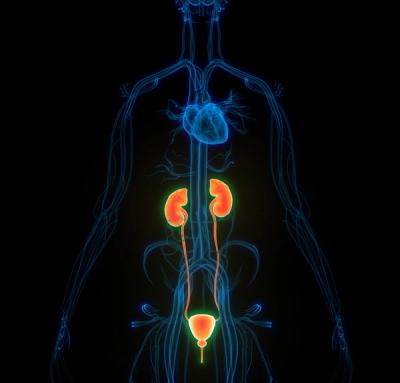


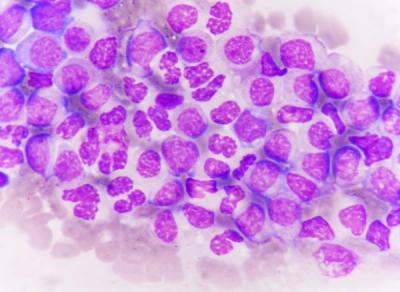


Podcasts

Leveraging Biology to Advance the Small Cell Lung Cancer Treatment Paradigm
“Paradigm-changing events” are occurring across the small cell lung cancer field in real time, according to Anne Chiang, MD, PhD.

Exploring the ESMO 2025 Presentations That May Shift GU Oncology
Experts highlight anticipated sessions at the 2025 ESMO Congress, including those on the PSMAddition and EV-303 trials.

Charting the Evolution of TKIs and Finding the Next Breakthrough in CML
Jorge Cortes, MD, outlines the impact of imatinib in chronic myeloid leukemia and highlights future initiatives in the field.

Optimizing Care for TILs, Cellular Therapy in Melanoma and Solid Tumors
A panel of oncology pharmacists discusses the role of lifileucel in metastatic melanoma and other considerations for using cellular therapy in solid tumors.

Gemcitabine Intravesical System Offers Tremendous Benefits in NMIBC
Prospective data observed with the gemcitabine intravesical system may be superior to prior reports of other therapies in BCG-unresponsive NMIBC.

Diving Into the Practical Applications of ctDNA in Oncology Care
Experts discuss key considerations for applying ctDNA to clinical practice, such as distinguishing between tumor-informed and tumor-uninformed testing.

How to Discuss Death: A Conversation of Mortality in Cancer Care
Daniel C. McFarland, DO; and guest William S. Breitbart, MD, discuss the critical role of meaning-centered therapy in addressing the psychosocial needs of patients with cancer.

Episode 14: Multidisciplinary Care Insights Across World GU 2025
Panelists and presenters attending World GU 2025 shared their perspectives on optimizing the management of prostate, kidney, and bladder cancers.

Unraveling Key Blood Cancer Takeaways From the 2025 SOHO Meeting
Experts detailed key advances in myelofibrosis, multiple myeloma, and lymphoma at the Society of Hematologic Oncology 2025 Annual Meeting.

Elevating Community Oncology Care: Insights From World GU 2025
A group of community and academic oncologists exchanged ideas on optimizing therapy across different prostate, kidney, and bladder cancer populations.
Videos
Continuing Medical Education
All News

Data from the phase 3 ROADS trial show significant gains in efficacy without increases in safety concerns following the use of GammaTile.

Investigators are currently assessing the antibody drug conjugate HDP-101 as part of a phase 1/2a study.

Sacituzumab govitecan plus pembrolizumab reduced symptom burden and improved functioning across multiple domains in the KEYNOTE-D19 study.

Exa-cel displayed MCID-exceeding, sustained mean changes from baseline across various HRQOL-related scores in transfusion-dependent β-thalassemia.
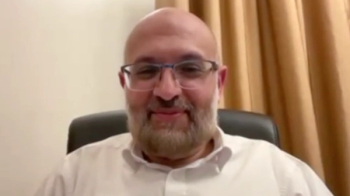
In areas that have a higher incidence of genetic conditions, experts across different fields have to collaborate to develop cures and therapies.

Recent findings presented at ASTRO 2025 suggest an “exciting opportunity” to expand the role of radiation oncology in different non-malignant indications.

Patients with full-thickness or outer full-thickness stromal invasion following surgery had improved PFS when treated with SIB radiotherapy.

Enfortumab vedotin plus pembrolizumab before and after surgery improved EFS vs surgery alone in patients with MIBC in the phase 3 EV-303 trial.

The 3 most likely directions of radiotherapy advancements come from new technology, combinations with immunotherapy, and the incorporation of particle therapy.

Approximately half of the patients who received raludotatug deruxtecan in the phase 2/3 REJOICE-Ovarian01 trial achieved an objective response.
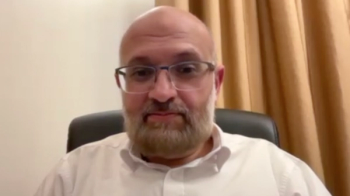
Talent shortages in the manufacturing and administration of cellular therapies are problems that must be addressed at the level of each country.

Third-year fellows from Weill Cornell Medicine offer 7 key tips for establishing a foundational understanding of the field at major oncology meetings.

The agency has set a PDUFA date of April 10, 2026, for the decision on RP1 plus nivolumab in patients with previously treated advanced melanoma.
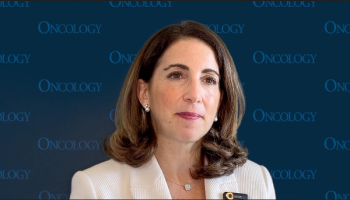
Administering oral SERD-based regimens may enhance patients’ quality of life when undergoing treatment for ER-positive, HER2-negative breast cancer.

The BURAN trial revealed no overall survival benefit for buparlisib and paclitaxel in recurrent head and neck cancer, despite some response rate improvements.

Distance and training represent 2 major obstacles to making radiotherapy available to more patients with cancer across the world.
![Point-of-care manufacturing, scalable manufacturing, and bringing the cost down [can help].](https://cdn.sanity.io/images/0vv8moc6/cancernetwork/55a279b707f0cd71181a5efa8b3d3cd864555701-3002x1684.png?w=350&fit=crop&auto=format)
Those with cancer may be able to get cellular therapies more affordably if countries and health systems adopt decentralized closed-system manufacturing.

With a median follow-up of 50.1 months, nivolumab plus ipilimumab achieved a median PFS of not reached compared with 60.8 months with nivolumab monotherapy in this CRC population.

The overall survival benefit with the bemarituzumab combination in the phase 3 FORTITUDE-101 trial was consistent across key prespecified subgroups.

The confirmed ORR in the investigational arm was 52.3% vs 46.6% in the chemotherapy arm, with respective complete response rates of 10.9% and 8.5%.

Louis Potters, MD, FASTRO, FABS, FACR, describes how evidence-based radiation protocols may integrate with novel artificial intelligence software.

Alectinib exhibited a CNS DFS improvement, with a 63% reduction in the risk of this event, and 4-year CNS DFS rate was 90.4% vs 76.1% with chemotherapy.

A novel cancer vaccine, IO102-IO103, combined with pembrolizumab, showed promising results in improving PFS for advanced melanoma.

Retrospective cohort findings may inform tailored treatment approaches for frontline metastatic BRAF V600E–mutated non–small cell lung cancer.

Based on the Good Manufacturing Practice observations, the FDA has given a complete response letter for dasatinib for patients with CML/ALL.

Data from the KEYNOTE-671 trial support the use of pembrolizumab among patients with non–small cell lung cancer in the perioperative setting.

Data from the STELLAR-303 trial support zanzalintinib plus atezolizumab as a potential chemotherapy-free option in previously treated metastatic CRC.

The safety profile of telisotuzumab adizutecan was manageable in pancreatic ductal adenocarcinoma, consistent with its profile in other tumor types.

Datopotamab deruxtecan significantly enhanced survival rates in first-line treatment for metastatic triple-negative breast cancer.

The use of enhanced imaging and adaptive radiotherapy has lessened the burden on patients with cancer receiving radiotherapy as treatment.

Previous results from the study found improvement in the primary end point of PSA-PFS with apalutamide in recurrent prostate cancer.

Policies aimed at improving health coverage and financial assistance may help improve treatment affordability to ensure more equitable survival.

“Paradigm-changing events” are occurring across the small cell lung cancer field in real time, according to Anne Chiang, MD, PhD.



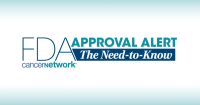




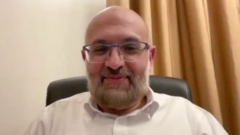

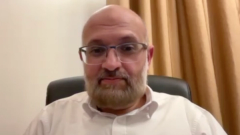


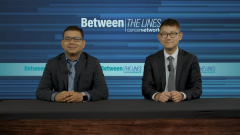


![Point-of-care manufacturing, scalable manufacturing, and bringing the cost down [can help].](https://cdn.sanity.io/images/0vv8moc6/cancernetwork/55a279b707f0cd71181a5efa8b3d3cd864555701-3002x1684.png?w=240&fit=crop&auto=format)


















































































